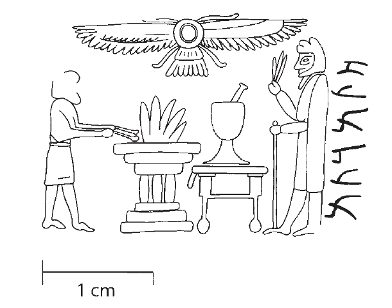
Gad Barnea
@gbarnea
PhD; Lecturer @UofHaifa, BEST @EBAFJerusalem; AsscFRHS; Epigraphy; Qumran; “Yahwism under the Achaemenid Empire”; Semitic & Iranian linguistics; Zoroastrianism.
ID:7093982
https://haifa.academia.edu/gadbarnea 26-06-2007 19:24:18
2,6K Tweets
1,4K Followers
1,2K Following













#OpenAccess
#Religions #Trading #Zoroastrianism #Iran #CentralAsia #Islam #Buddhism #Monasticism #Taoism #Philo #Alexandria
Religions and Trade
Religious Formation, Transformation and Cross-Cultural Exchange between East and West
BRILL 2013
Direct PDF🎯
library.oapen.org/viewer/web/vie…








![Gad Barnea (@gbarnea) on Twitter photo 2024-03-31 19:29:04 A Jewish priestess in ancient Rome (Monteverde catacomb). The 3rd / 4th century C.E. marble plaque has evident Jewish symbols of a Menorah and what looks like a Torah ark next to it. The inscription reads: 'Here lies Gaudentia, priestess (ιερισ[σ]α), 24 years (old), in peace A Jewish priestess in ancient Rome (Monteverde catacomb). The 3rd / 4th century C.E. marble plaque has evident Jewish symbols of a Menorah and what looks like a Torah ark next to it. The inscription reads: 'Here lies Gaudentia, priestess (ιερισ[σ]α), 24 years (old), in peace](https://pbs.twimg.com/media/GKBXbx2XQAA64dB.png)
